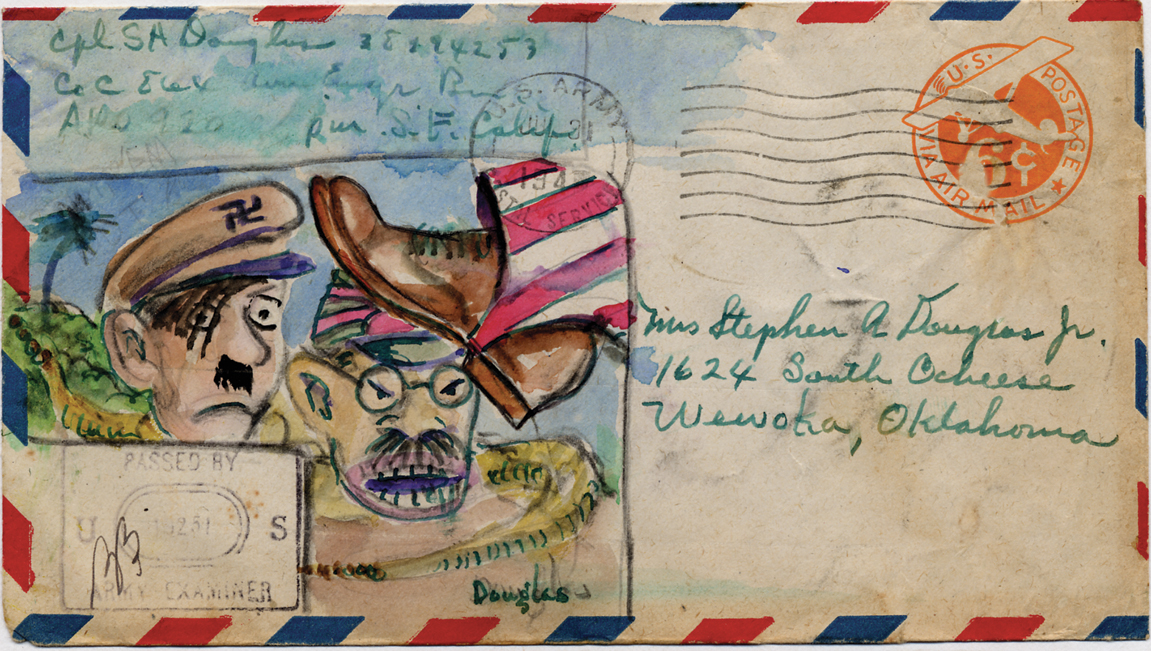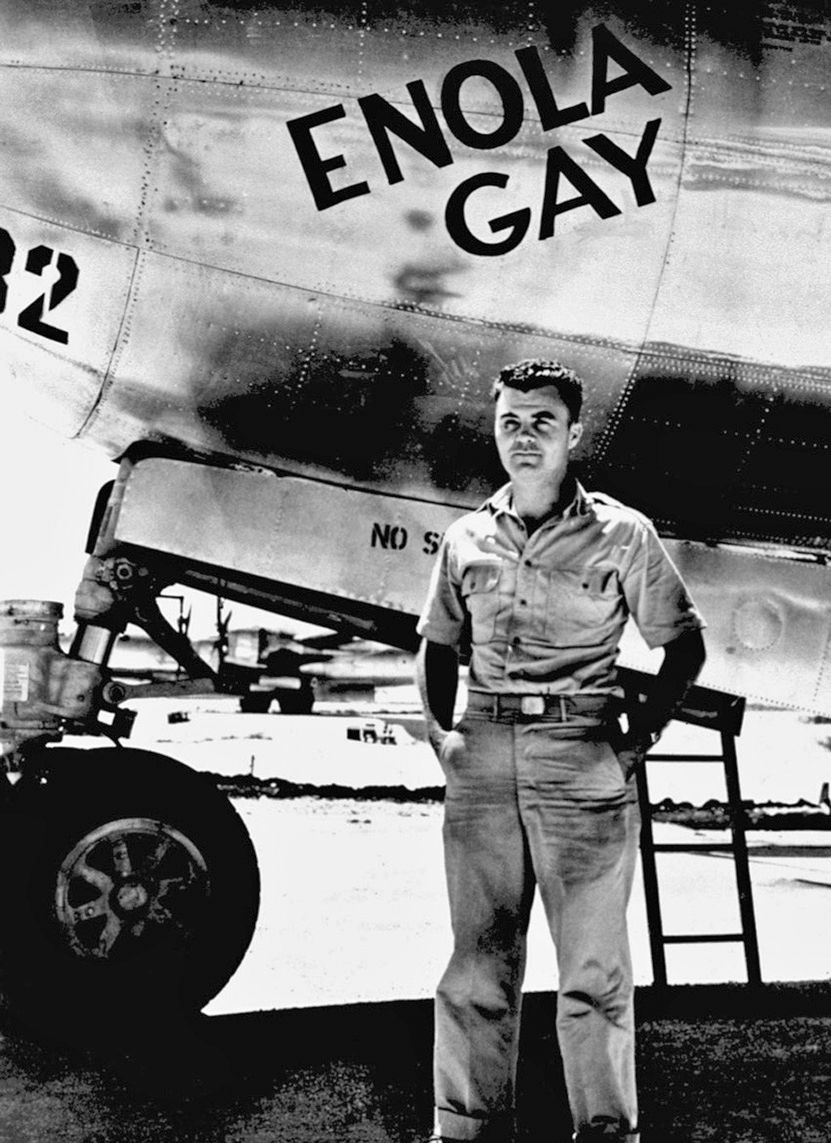The United States and the Second World War, 1939–1945

Printed Page 680 Chapter Chronology
The United States and the Second World War, 1939-1945

QUICK START
Quickly learn what is important in this chapter by doing the following:
- READ the Chapter Outline to see how the chapter is organized.
- SKIM the Chronology to see what will be covered.
When you are ready, download the Guided Reading Exercise, then read the chapter and the Essential Questions for each section and complete the Guided Reading Exercise as you go. Then use LearningCurve and the Chapter Review to check what you know.
On a sun-drenched Florida afternoon in 1927, twelve-year-old Paul Tibbets clambered into the front seat of the open cockpit of a biplane for his first airplane ride. While the pilot brought the plane in low over the Hialeah racetrack in Miami, Tibbets pitched Baby Ruth candy bars tethered to small paper parachutes to racing fans in the grandstands below. After repeating this stunt, sales of Baby Ruths soared, and Tibbets was hooked on flying.

In 1937, Tibbets joined the Army Air Corps and became a military pilot. Shortly after the Japanese attack on Pearl Harbor in December 1941 immediately overcame American isolationism and brought the United States into World War II, Tibbets flew on antisubmarine patrols against German U-boats lurking along the East Coast. When the heavily armored B-17 Flying Fortress bombers became available early in 1942, he took a squadron of the new planes to England. In August 1942, he led the first American daytime bombing raid on German-occupied Europe, releasing on railroad yards in northern France the first of some 700,000 tons of explosives dropped by American bombers during the air war in Europe.
After numerous raids over Europe, Tibbets was reassigned to the North African campaign. After eight months of combat missions, Tibbets returned to the United States and was ordered to test the new B-29 Super Fortress being built in Wichita, Kansas. The B-29 was much bigger than the B-17 and could fly higher and faster, making it ideal for the campaign against Japan. Tibbets's mastery of the B-29 caused him to be singled out in September 1944 to command a top-secret unit training for a special mission.
The mission was to be ready to drop on Japan a bomb so powerful that it might end the war. No such bomb yet existed, but American scientists and engineers were working around the clock to build one. In May 1945, Tibbets and his men went to Tinian Island in the Pacific, where they trained for their secret mission by flying raids over Japanese cities and dropping ordinary bombs. The atomic bomb arrived on Tinian on July 26, just ten days after a successful test explosion in the New Mexico desert. Nicknamed "Little Boy," the bomb packed the equivalent of 40 million pounds of TNT, or 200,000 of the 200-pound bombs Tibbets and other American airmen had dropped on Europe.
On August 6, 1945, Tibbets, his crew, and their atomic payload took off in the B-29 bomber Enola Gay and headed for Japan. Less than seven hours later, over the city of Hiroshima, Tibbets and his men released Little Boy from the Enola Gay's bomb bay. Three days later, airmen from Tibbets's command dropped a second atomic bomb on Nagasaki, and within five days Japan surrendered.
Paul Tibbets's experiences traced an arc followed by millions of Americans during World War II. Like Tibbets, Americans joined their allies to fight the Axis powers in Europe and Asia. Like his Enola Gay crewmen — who hailed from New York, Texas, California, New Jersey, New Mexico, Maryland, North Carolina, Pennsylvania, Michigan, and Nevada — Americans from all regions united to help defeat the fascist aggressors in Asia and Europe. American industries mobilized to produce advanced bombers along with enough other military equipment to supply the American armed forces and their allies. At enormous cost in human life and suffering — including millions of civilians killed in military actions and millions more exterminated in the Holocaust of the Nazis' racist death camps — the war resulted in employment and prosperity for most Americans at home, ending the depression, providing new opportunities for women and African Americans, and ushering the nation into the postwar world as a triumphant economic and atomic superpower.